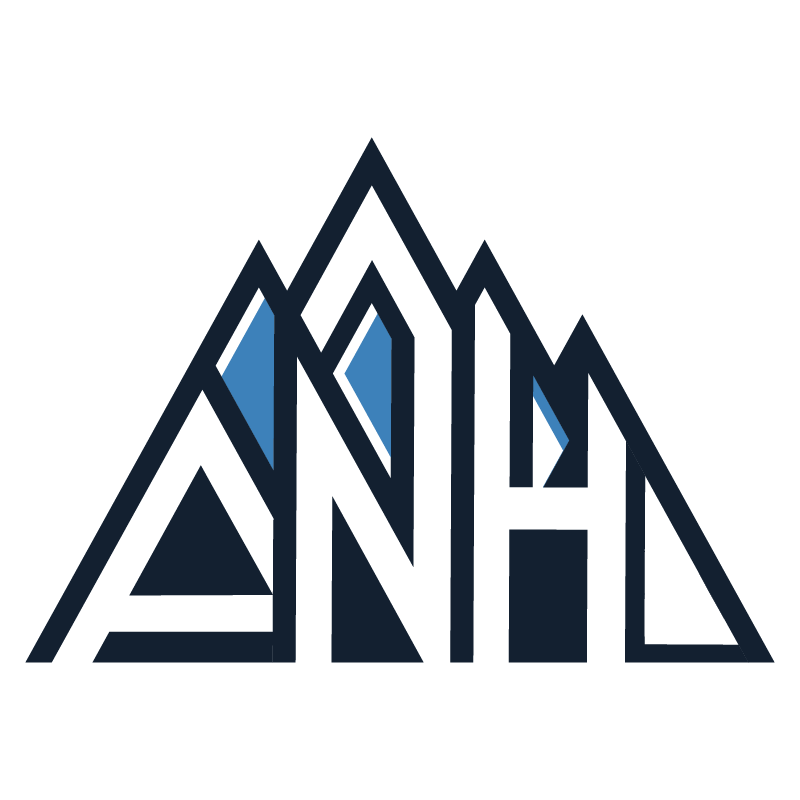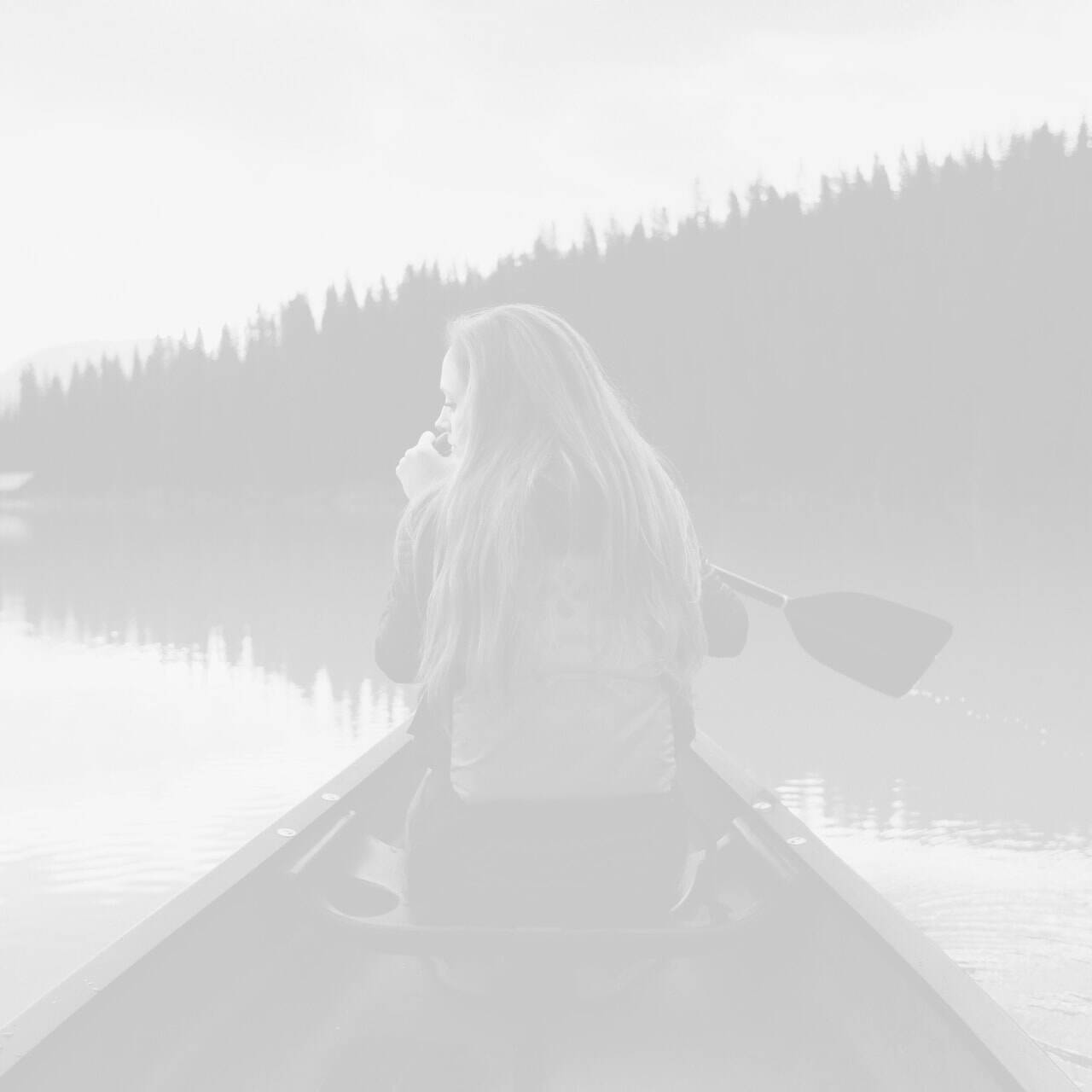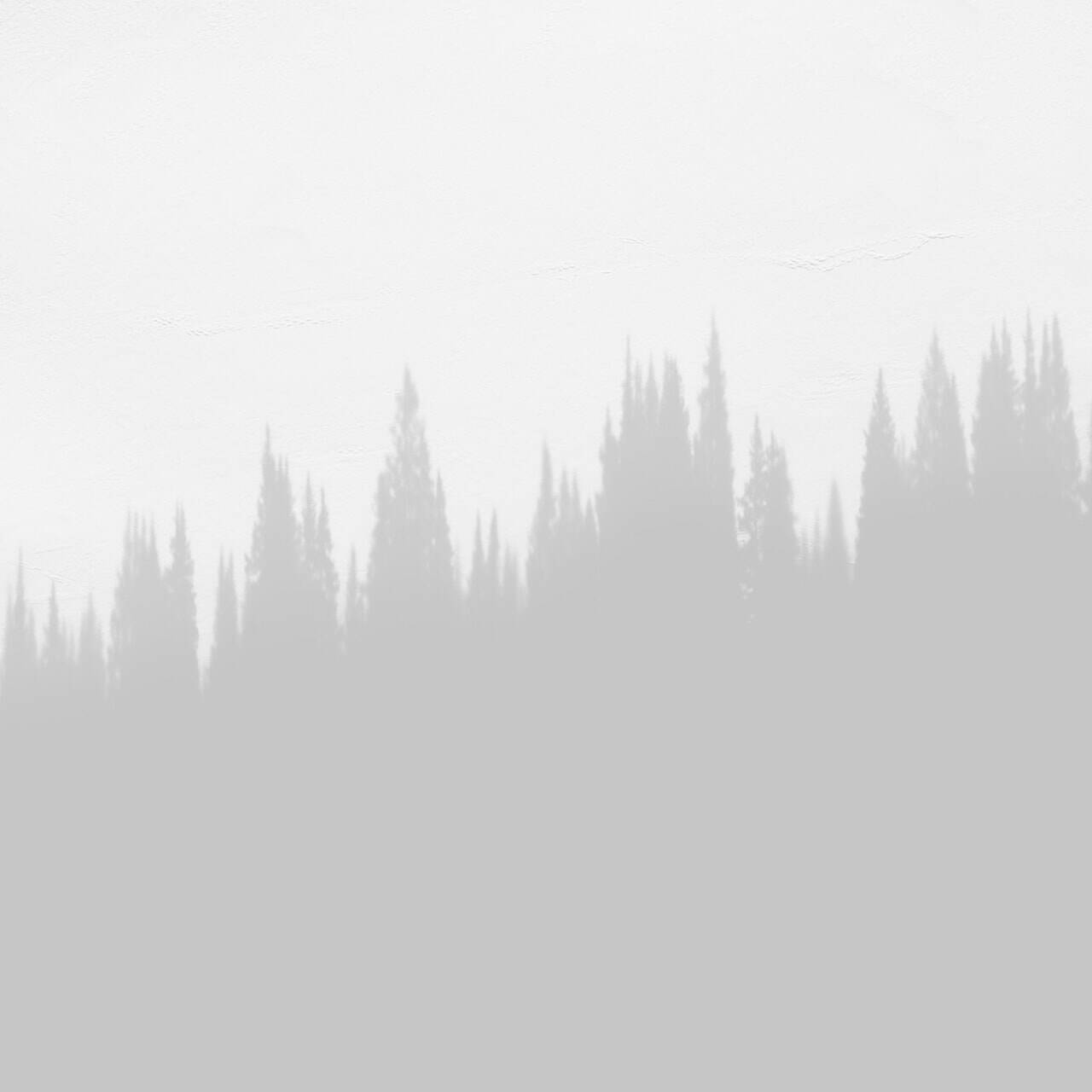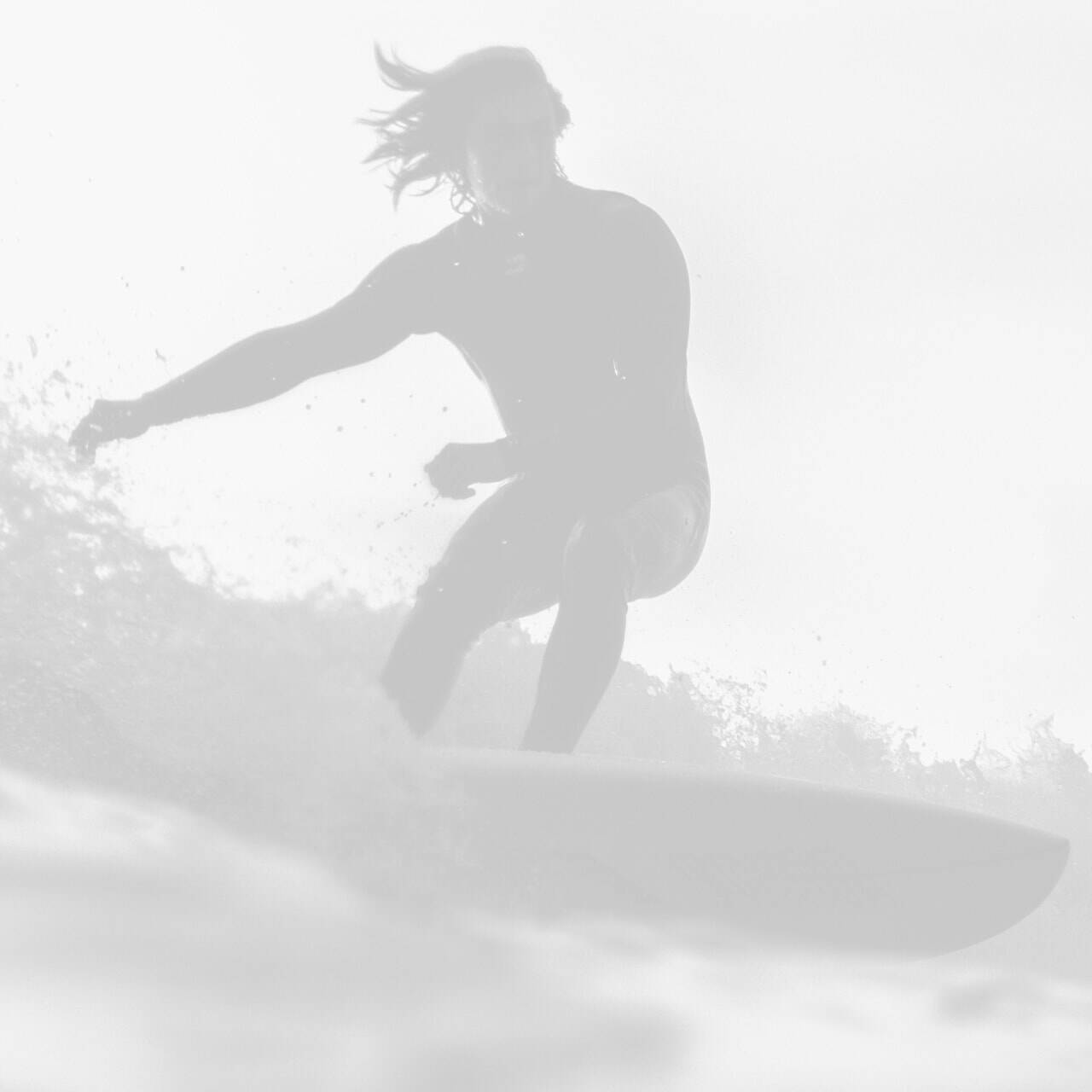Mt. Cho Oyu Expedition
Cho Oyu (8201m) is the sixth highest mountain in the world, located at short distance to the west from Everest in the Khumbu region of Eastern Nepal along the Tibetan border.
Cho Oyu (8201m) is the sixth highest mountain in the world, located at short distance to the west from Everest in the Khumbu region of Eastern Nepal along the Tibetan border.
There’s no really technical sections and the objective dangers are close to non-existent. Its relatively easy access makes it an attractive climb for someone with limited time, as it can be attempted in roughly 6 weeks round trip. Base Camp is accessible by jeep and it is possible to reach Kathmandu in a very long day from Base Camp. Because of it’s ease of access, ABC is often crowded with a large number of expeditions. Just west of Cho Oyu is the Nangpa La, the old trade route between the Khumbu Sherpas and Tibet.
Detailed Itinerary
01
Welcome to Kathmandu & Transfer to Hotel
Upon arrival in the vibrant city of Kathmandu, you will be warmly greeted and transferred to your hotel. Relax and enjoy the rich culture of the capital city. Take some time to prepare for the exciting journey ahead, soaking in the ambiance of Nepal’s cultural heritage.
02
Rest Day in Kathmandu: Tibet Visa Preparation
Today, I will rest and prepare for the Tibet visa application. This is an important step before crossing the border into Tibet for the Cho Oyu expedition. Enjoy the day exploring Kathmandu’s ancient sites or relaxing at your hotel.
03
Tibet Visa Issue and Expedition Briefing
Your Tibet visa will be issued on this day, and you will receive a comprehensive briefing about the Cho Oyu expedition. This session will cover key information about the climb, safety protocols, and equipment, ensuring you’re well-prepared for the adventure ahead.
04
Rest Day in Kathmandu
Today is another day for rest. It’s a perfect opportunity to check your gear and prepare mentally for the upcoming expedition. You may also explore Kathmandu’s local markets or visit more cultural landmarks.
05
Drive from Kathmandu to Timure
Begin the expedition journey with a scenic drive from Kathmandu to Timure, the border town between Nepal and Tibet. This route offers picturesque landscapes as you travel along the Trishuli River, passing through remote villages and terraced farmlands.
06
Cross the Border of Nepal and Drive to Kerung (1,962m)
After crossing the border from Nepal into Tibet, you will continue your journey towards Kerung. This border town marks the beginning of your Tibetan adventure. Take in the sights as the terrain changes dramatically, giving a taste of the high-altitude region to come.
07
Drive from Kerung to Old Thingri (4,300m)
Today’s journey will take you further into Tibet, reaching the high-altitude village of Old Thingri. The stunning Tibetan Plateau starts to unfold, offering breathtaking views of snow-capped peaks and vast, open landscapes.
08
Acclimatization and Preparation Day in Old Thingri
Spend the day acclimatizing to the high altitude in Old Thingri. Acclimatization is crucial for your body to adjust to the thinner air, ensuring a safer climb. This day also allows for final preparation before heading to the base of Cho Oyu.
09
Drive from Old Thingri to Cho Oyu Chinese Basecamp (5,100m), Via Rombuk Monastery
Embark on a scenic drive from Old Thingri to Cho Oyu Chinese Basecamp. Along the way, stop at the sacred Rombuk Monastery, one of the highest in the world, offering spectacular views of Mount Everest.
10-12
Stay at Cho Oyu Chinese Basecamp (5,100m)
Spend the next three days acclimatizing and preparing for the trek to higher altitudes. This time allows your body to adjust to the challenging conditions of the Cho Oyu Basecamp, ensuring you’re well-prepared for the ascent.
13
Trek from Cho Oyu Basecamp to Intermediate Camp (5,400m)
Today, you will leave the base camp and begin the trek towards the Intermediate Camp. The trek offers stunning views of the surrounding peaks as you make your way higher, gradually acclimatizing to the increasing altitude.
14
Ascent from Intermediate Camp to Advance Basecamp (5,700m)
Continue the journey upwards, trekking to the Advance Basecamp of Cho Oyu. At 5,700 meters, this camp is a crucial step in your acclimatization process, and you will be surrounded by breathtaking glacial landscapes.
15-39
Climbing Period [Adv. Basecamp – Summit (8,201m) – Adv. Basecamp
This is the main climbing period of the expedition. Over the next few weeks, you will make multiple attempts at higher camps, acclimatize, and finally summit Cho Oyu at 8,201 meters. The climb is a demanding but highly rewarding journey, offering unparalleled views from the top of the world’s sixth-highest peak.
40
Descend from Advance Basecamp to Cho Oyu Basecamp
After the summit, descend back to the lower altitude at the Cho Oyu Basecamp. The descent will feel easier after the strenuous climb, and you can take this time to rest and reflect on your achievements.
41
Drive Back from Cho Oyu Basecamp to Thingri
Leave Cho Oyu Basecamp and drive back to the town of Thingri. Enjoy the scenic drive as you make your way back towards civilization, descending from the high mountains of Tibet.
42
Drive from Thingri to Kerung
Continue your return journey with a drive from Thingri to Kerung, the border town. The altitude continues to drop, making the descent more comfortable as you approach the border with Nepal.
43
Cross the Border and Drive to Kathmandu (Overnight Hotel Stay)
Cross the border from Tibet back into Nepal and make your way to Kathmandu. You’ll be welcomed back to the vibrant city where you can enjoy a well-deserved rest at your hotel.
44
Free Day or Rest Day in Kathmandu
Take this free day in Kathmandu to relax, explore the city, or reflect on your incredible expedition. This day allows you to unwind after weeks of intense climbing and trekking.
45
Depart from Kathmandu
On your final day, you will be transferred to the airport for your international departure. Depart Kathmandu with memories of an extraordinary expedition to one of the world’s highest peaks.
Included in Your Trek Package:
- Arrival and Departure: Pick up and drop off services for both international & domestic flights as per the itinerary
- Hotel Accommodation: 6 nights hotel in Kathmandu (double room, breakfast basis)
- Welcome Dinner: A welcome dinner with office staff in a typical Nepali restaurant in Kathmandu
- Transportation: Kathmandu to Cho Oyu Chinese Base Camp and return transportation for the entire expedition crew and trekking members
- Climbing Permit: Expedition Royalty and Climbing Permit for Cho Oyu
- Route Fixing Charge: Cho Oyu summit route fixing charge
- Trash: Stool shipment and garbage disposal fee
- Meals: Fresh meals on full board (Breakfast, Lunch, Dinner) with hot drinks, tea, coffee, fresh meat & vegetables during trekking and climbing
- Liaison Officer: Government Liaison Officer with wages, equipment, food, and insurance
- Cook and Kitchen Helpers: Experienced and well-trained base camp cook, Camp-2 cook, and kitchen helpers
- Porters: Porters from Kathmandu to Base Camp and return
- Staff Wages: All wages, equipment, food, accommodation, and insurance for trekking and expedition staff
- Member Personal Baggage: Up to 50 kg per member carried as personal baggage
- Base Camp Tent: North Face, Kailas, Red Fox, or other branded tent (individual tent per member at Base Camp)
- Base Camp Equipment: Dining tent, kitchen tent, toilet tent, hot shower tent, communication tent, mattress, pillow, tables, chairs, and other required equipment
- Electricity: Generator at Base Camp and solar panel at Camp 2 for lighting and charging electronic devices
- Heater: Heater at Base Camp for members and staff
- Communication: Satellite phone and walkie-talkie in case of emergency (pay per use)
- Internet and Cell-Phone: Internet, satellite, and cell-phone service available at Base Camp (chargeable)
- Medical Service: Emergency medical camp service (chargeable)
- Weather Forecast: Daily weather forecast throughout the expedition
- Oxygen Cylinders: 4 bottles of O2 Poisk oxygen per member and 2 bottles per climbing Sherpa
- Mask and Regulator: Top Out or Summit mask & regulator for each member and climbing Sherpa
- Backup Oxygen and Mask Regulator: Available at Base Camp in case of emergencies
- High Altitude Tents: North Face, Kailas, Red Fox, or equivalent branded tents for C1, C2, C3, and C4
- General Climbing Equipment: EPI gas, gas burners, dynamic climbing rope, ice screws, snow shovel, snow bars, carabiners, etc.
- Climbing Guide (Sherpa): One professional climbing Sherpa per member
- Climbing Sherpa Allowance: Equipment, daily wages, carrying bonus, and summit bonus
- Equipment Allowance for Staff: Allowance for Base Camp cook, Camp-2 cook, and kitchen helpers
- Rescue Insurance: Helicopter rescue insurance for high-altitude guides, cooks, and staff
- Emergency Rescue: Helicopter rescue arrangements
- Farewell Dinner: Farewell dinner with expedition staff at a typical Nepali restaurant with cultural show in Kathmandu
- Airfare: International flight airfare (from and to Kathmandu)
- Nepal Entry Visa Fee: USD 60 per person for 30 days (USD 120 for 60 days)
- Lunch & Dinner: Lunch & dinner in Kathmandu (also applies in case of early return from Trekking/Expedition before the scheduled itinerary)
- Extra Nights in Kathmandu: Accommodation in case of early arrival, late departure, or early return from Trekking/Expedition due to any reason
- Insurance: Mandatory travel and high-altitude insurance covering accidents, helicopter medical & emergency evacuation
- Rescue Evacuation: Medical and emergency rescue costs, including repatriation, helicopter evacuation, medication, medical tests, and hospitalization
- Personal Expenses: Telephone calls, internet, toiletries, battery recharge, hot shower, laundry, soft drinks, beers, and alcoholic beverages (soft drinks are served at Base Camp)
- Personal Equipment: Clothing, packing items/bags, personal medical kit, personal trekking/climbing gear
- Filming: Special filming, camera, and drone permit fees
- Toiletries: Soaps, shampoos, toilet & tissue papers, toothpaste, and other hygiene items
- Internet Service: Internet service during trek and expedition is not included
- Summit Bonus: Minimum USD 1,200 per climbing Sherpa
- Tips: Tips for guides and base camp staff
- Extra Yak Charge: USD 300 per yak if required (1 yak carries up to 40 kg)
- Satellite Permit: USD 500 per permit
- Extra Transportation: Costs for returning earlier than the team due to personal reasons (up to Kathmandu)
- Other Services: Any services or activities not mentioned in the itinerary
- Other Items: Any items not listed in the “Cost Includes” section
Packing List
Gears and Equipment
The Everest expedition with Lobuche Peak is undoubtedly challenging. It requires a certain set of gear and equipment. Here is a list of gear and equipment to bring for the trip.
Climbing Gears
- Ice Axe with Leash
- Crampons
- Climbing Harness
- Carabiners
- Ascender (Jumar)
- Belay Device
- Prussiks cord
- Trekking Poles
- Helmet
- Avalanche Transreceiver
Headwear
- Headlamp (min. 200 lumens) with sufficient batteries (Li-Ion batteries)
- Sunglasses (Polarized/ UV Protected)
- Woolen Cap
- Sunhat
- Buff Scarf
- Balaclava
Bodywear (Clothing/Layering)
- Down suit
- Down jacket
- Down pant
- Gore-Tex set \ Hardshell set
- Insulated mid layer
- Fleece jacket
- Thermal set
- Quick dry (half and full sleeved)
- T-shirts
- Trekking trousers
- Additional as per necessity
Handwear
- Liner gloves
- Fleece gloves
- Mittens (Gore-Tex)
Footwear
- Climbing boots (8000er series)
- Trekking shoes
- Camp shoes/ slippers
- Gaiters
- Liner socks
- Woolen socks/ trekking socks
- Summit socks (8000er series)
Personal Kit
- Sleeping bag (-40 & -20)
- Trekking backpack
- Hygiene kit (toiletries)
- Sun screen (min. 60 SPF)
- Lip Guard
- Water bottle
- Thermos
First Aid Kit
- Personal medications
- Personal first aid kit
Miscellaneous
- Camera and associated gears
- Camp knife/ multi tools
- Pee Bottle/ Poop bag
- Binoculars/ magnifiers
- Personal reading accessories
- Games and entertainment medium
- Dry bag/ compression bag
- Hand/Foot warmers
- Emergency blankets
FAQ
From our past clients on similar treks.
It’s considered an intermediate trek. A good fitness level and mental preparation are key, but with a proper itinerary and support, most people can complete it.
Everest Base Camp sits at 5,364 meters (17,598 feet).
Our itinerary is designed to allow proper acclimatization, and our guides are trained to monitor for symptoms. In emergencies, we will arrange safe descent and medical support.
Yes, comprehensive travel insurance with emergency evacuation coverage is mandatory.
We welcome solo trekkers and will match you with a group if you prefer shared experience.
Spring (March–May) and Autumn (September–November) are ideal for weather, visibility, and trail conditions.
Yes. We handle all required trekking permits for Sagarmatha National Park and Khumbu Rural Municipality.
“ I have been on many workshops with great photographers but non has ever come close to being this great. Selena took into consideration the clouds, the weather, the right times of the day and hit a home run every time. Amazing! ”
Nathan Watkins
LONDON
“ I signed up for my first workshop with Selena with a love of photography, but as a novice of real camera equipment and no experience. Somehow I convinced Selena to take me on, and he promised to help me learn to use the gear. ”
Elise Brooks
BERLIN
“ Selena private workshops were in all respects a highly rewarding experience. Her photographic expertise as well as his extensive knowledge of the street area proved tremendous assets on both the sunset and sunrise street workshops. ”
Emerson Taylor
AMSTERDAM
Ready to begin your journey?
Let’s talk about your goals, your questions, and the trek that might change everything.



